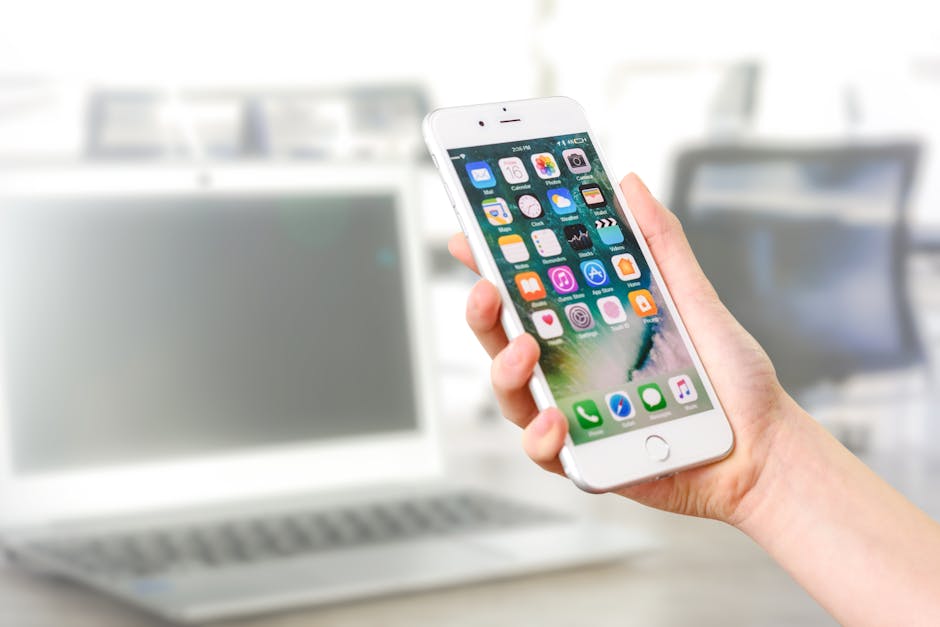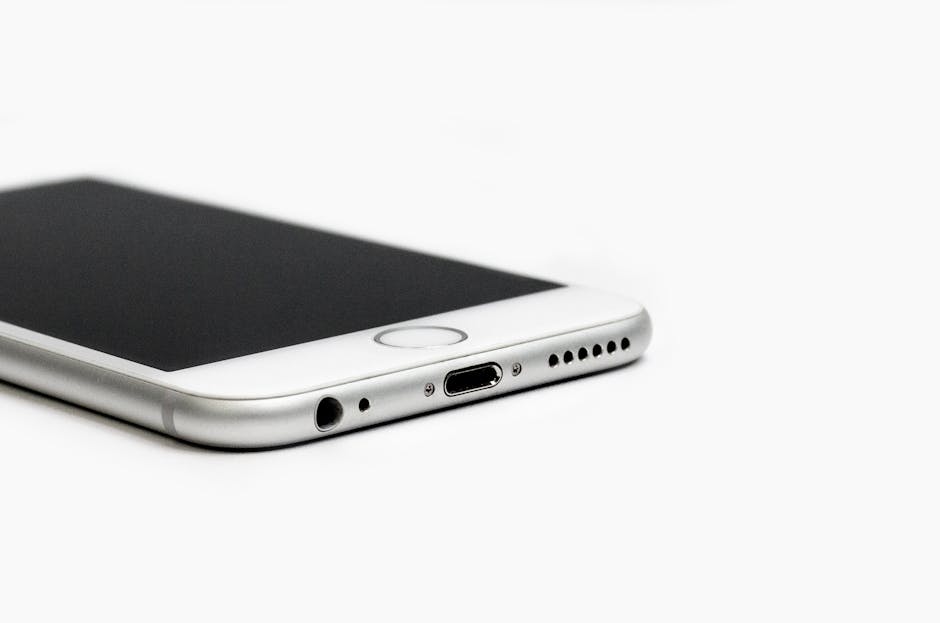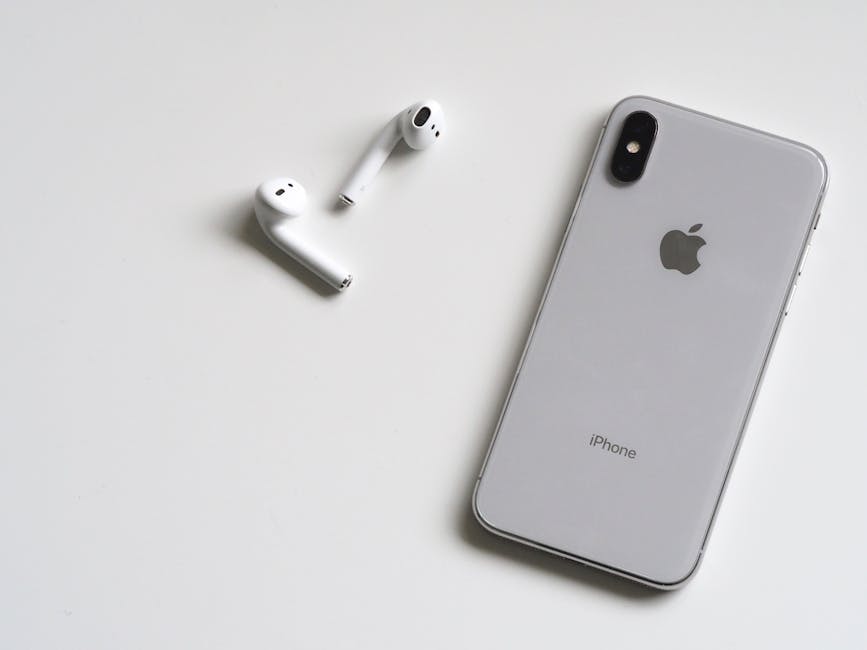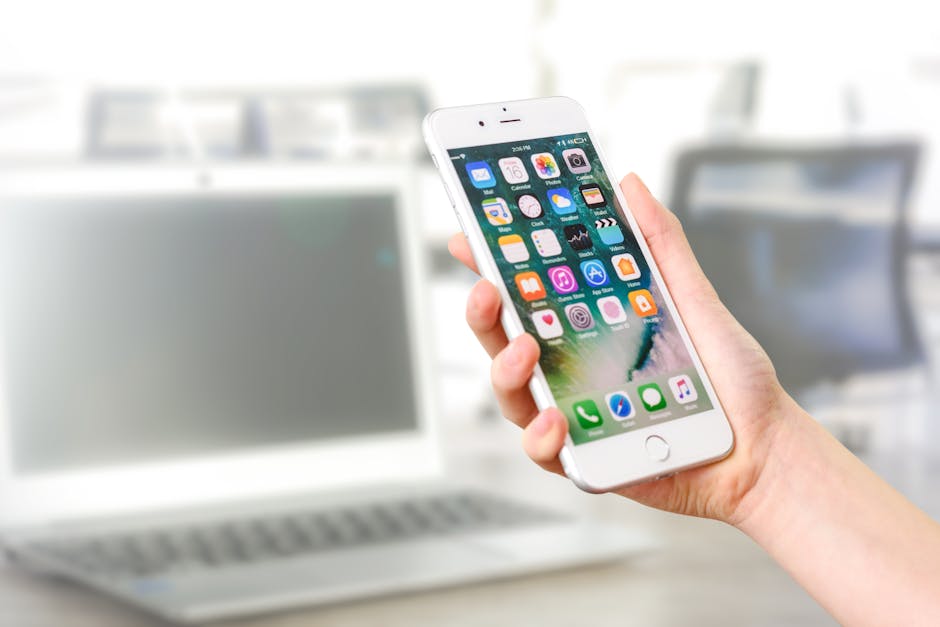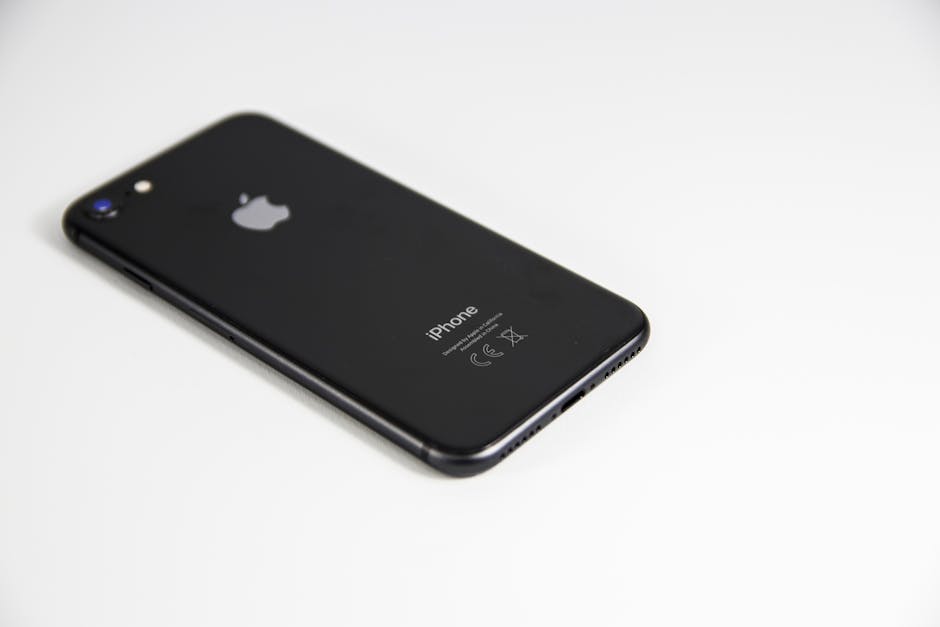Figuring out how to restart iPhone 17 might seem straightforward, but understanding the nuances of different methods can be incredibly helpful when troubleshooting various issues. This guide will walk you through the standard restart procedure, force restarts, and other troubleshooting steps you can take if your iPhone 17 is unresponsive.
Why Restart Your iPhone 17?
Restarting your iPhone 17 can resolve a multitude of common issues. These include app crashes, slow performance, connectivity problems (Wi-Fi or cellular), and even minor software glitches. A simple restart is often the first and most effective troubleshooting step.
1. The Standard Restart Method for iPhone 17
This is the most common and recommended way to restart your iPhone. It’s a gentle process that allows your phone to shut down gracefully, preserving your data and settings.
Press and Hold: Simultaneously press and hold either the volume up button and the side button (power button) or the volume down button and the side button. Slide to Power Off: Continue holding the buttons until the power-off slider appears on the screen. Power Off: Drag the slider from left to right to turn off your iPhone 17. Wait: Allow your iPhone to completely shut down. This usually takes about 30 seconds. Power On: Press and hold the side button (power button) until the Apple logo appears. Release: Release the side button, and your iPhone 17 will boot up.
This process ensures a clean shutdown and restart, resolving many minor software issues. If this method doesn’t work, you might need to try a force restart. This is also the first step you should take if you are experiencing problems with your [INTERNAL: iPhone 17 battery life].
2. Force Restarting Your iPhone 17
A force restart, also known as a hard reset, is used when your iPhone 17 is unresponsive, frozen, or won’t turn off using the standard method. It’s a more forceful way to reboot the device and should only be used as a last resort.
Quick Press Volume Up: Quickly press and release the volume up button. Quick Press Volume Down: Quickly press and release the volume down button. Press and Hold Side Button: Immediately press and hold the side button (power button). Wait for Apple Logo: Continue holding the side button until the Apple logo appears on the screen. Release: Release the side button, and your iPhone 17 will restart.
This process bypasses the normal shutdown procedure and forces the iPhone to reboot. It’s important to perform these steps in quick succession. A force restart is useful when dealing with a frozen screen or an unresponsive application. You can find more information about force restarting iPhones on [EXTERNAL: Apple Support Website].
When to Use a Force Restart
Use a force restart only when your iPhone is completely unresponsive. Frequent force restarts can potentially cause data corruption, although this is rare. Always try the standard restart method first.
3. Troubleshooting Issues Preventing Restart
Sometimes, your iPhone 17 might not restart due to underlying issues. Here are some troubleshooting steps to consider:
Check the Battery: Ensure your iPhone has sufficient battery power. If the battery is completely drained, connect it to a charger and let it charge for at least 15-20 minutes before attempting to restart. Inspect for Physical Damage: Check for any physical damage to the device, especially around the power button and charging port. Damage can sometimes prevent the iPhone from powering on or restarting. Update to the Latest iOS: Make sure your iPhone is running the latest version of iOS. Outdated software can sometimes cause instability and prevent proper restarts. Go to Settings > General > Software Update to check for updates. Manage Storage: A full storage can cause problems with device performance including restarts. Go to Settings > General > iPhone Storage to review and manage your storage space. Consider deleting unused apps, photos, or videos. Close Background Apps: Too many apps running in the background can sometimes cause your iPhone to freeze. Double-tap the Home button (or swipe up from the bottom of the screen on newer models) to access the app switcher and close any unnecessary apps.
4. Restoring Your iPhone 17
If restarting or force restarting doesn’t resolve the issue, you might need to consider restoring your iPhone. This process involves erasing all data and settings and reinstalling the iOS software.
Backup Your Data: Before restoring, back up your iPhone to iCloud or your computer using iTunes (or Finder on macOS Catalina and later). This will ensure you don’t lose any important data. Erase All Content and Settings: Go to Settings > General > Transfer or Reset iPhone > Erase All Content and Settings. Follow On-Screen Instructions: Follow the on-screen instructions to complete the erasure process. Restore from Backup: Once the iPhone has been restored, you can restore your data from your iCloud or computer backup.
Restoring your iPhone is a more drastic step and should only be taken after trying other troubleshooting methods. It’s crucial to back up your data beforehand to avoid data loss. Further information on restoring your iPhone can be found on [EXTERNAL: iMore iPhone Restore Guide].
DFU Mode: The Ultimate Solution?
If a regular restore doesn’t work, you might need to put your iPhone into DFU (Device Firmware Update) mode and restore it using iTunes (or Finder). This is the deepest type of restore and can often resolve more serious software issues. The steps to enter DFU mode vary depending on your iPhone model. It’s best to consult a reliable online guide for specific instructions.
5. Alternatives to Restarting When Troubleshooting iPhone 17
While restarting is often the go-to solution, there are alternative troubleshooting steps you can take depending on the specific problem you’re facing.
Reset Network Settings: If you’re experiencing Wi-Fi or cellular connectivity issues, try resetting your network settings. Go to Settings > General > Transfer or Reset iPhone > Reset > Reset Network Settings. This will erase all saved Wi-Fi passwords and other network configurations. Reset All Settings: Resetting all settings will revert all your iPhone’s settings to their default values without erasing your data. Go to Settings > General > Transfer or Reset iPhone > Reset > Reset All Settings. Check for App Updates: Outdated apps can sometimes cause conflicts and performance issues. Make sure all your apps are updated to the latest versions in the App Store. Contact Apple Support: If you’ve tried all the troubleshooting steps and your iPhone is still not working properly, it’s best to contact Apple Support for further assistance. They can diagnose hardware or software issues that you might not be able to resolve on your own.
6. Preventing Future Restart Issues
Taking proactive steps can help prevent future issues that might require restarting your iPhone frequently.
Regularly Update iOS: Keep your iPhone updated to the latest version of iOS. Apple regularly releases updates that include bug fixes and performance improvements. Manage App Permissions: Review the permissions you’ve granted to your apps and revoke any unnecessary permissions. This can help prevent apps from accessing sensitive data or interfering with system functions. Monitor Battery Health: Check your iPhone’s battery health regularly. Go to Settings > Battery > Battery Health to see the maximum capacity of your battery. If the battery health is significantly degraded, consider replacing the battery. Avoid Jailbreaking: Jailbreaking your iPhone can void your warranty and make your device more vulnerable to security threats. It can also cause instability and performance issues.
- Use a Reliable Charger: Always use a certified Apple charger or a reputable third-party charger. Using a low-quality charger can damage your battery and other components.
Restarting your iPhone 17 is a simple yet powerful troubleshooting technique. By understanding the different methods and troubleshooting steps outlined in this guide, you can effectively resolve common issues and keep your iPhone running smoothly. Remember that knowing how to restart iPhone 17, or even when to consider a force restart, can save you a lot of time and frustration. If you’re still facing issues after trying these steps, consider exploring our article on [INTERNAL: iPhone 17 common problems].
Related Articles
- How to Get Sora AI on Android: A Comprehensive Guide
- How to Rename Your iPhone: A Step-by-Step Guide
- How to Browse Incognito on Your iPhone: A Complete Guide
